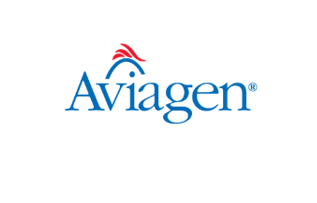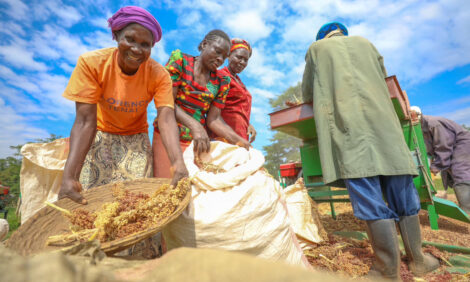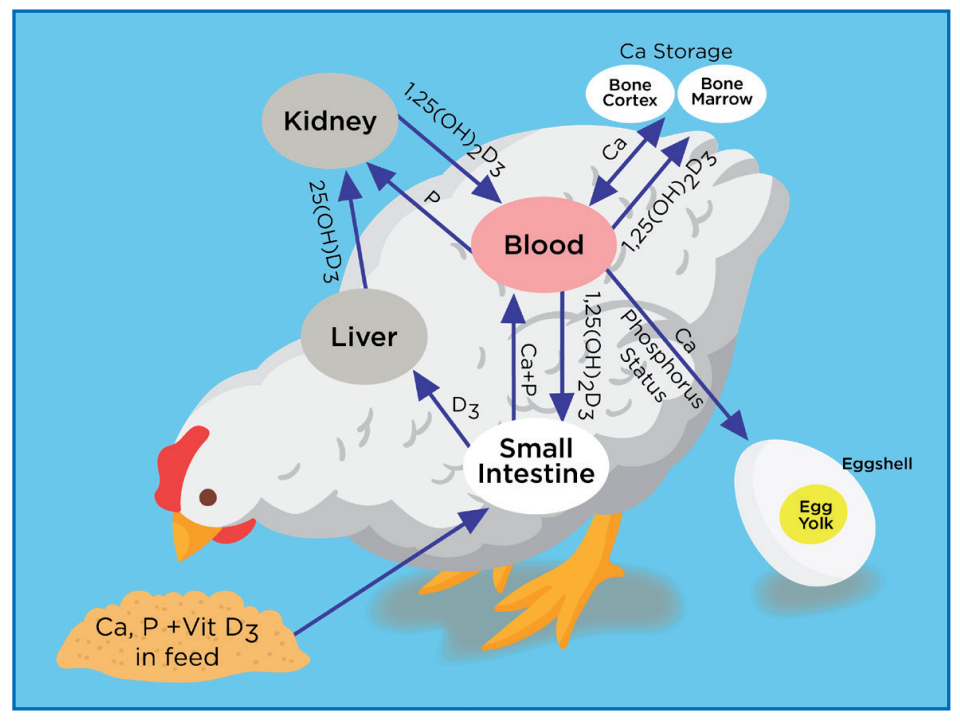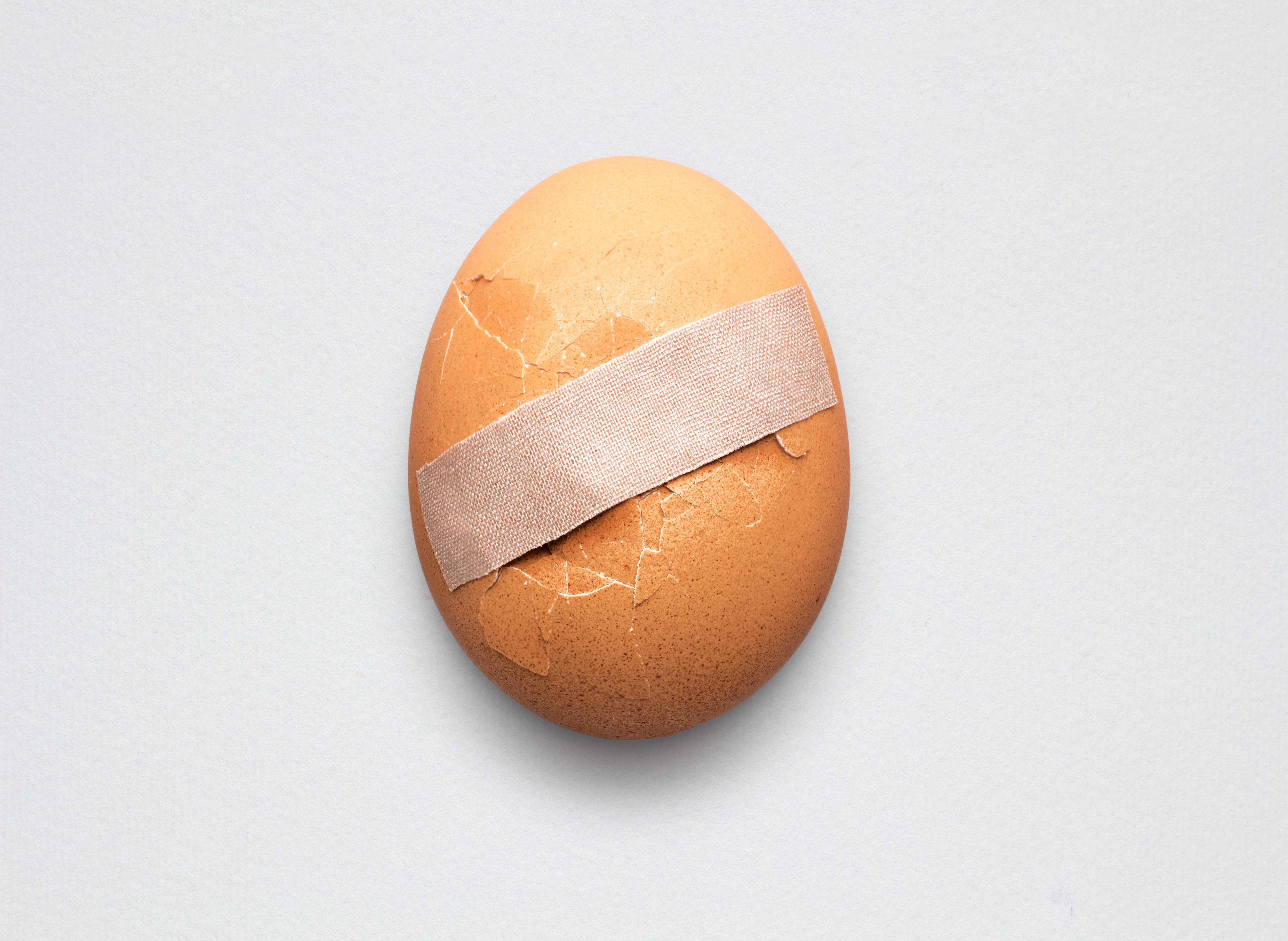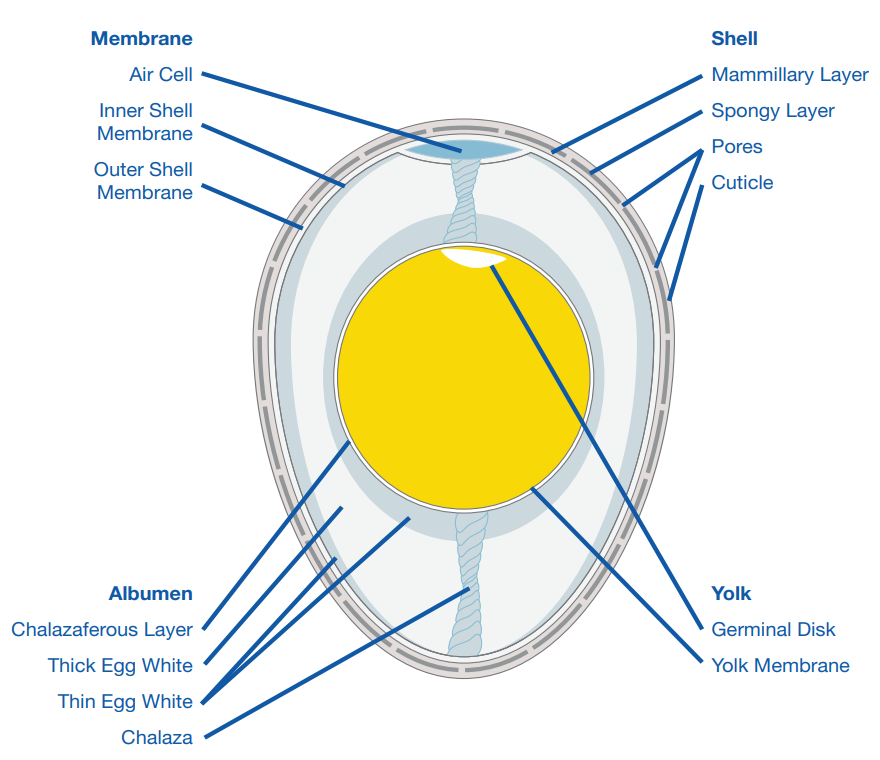



How is egg size managed in late production?
Part of Series:
< Previous Article in Series
Time of feeding
Time of feeding can influence shell quality. Broiler breeders are usually fed during the early morning hours. Unfortunately, this does not coincide with the time of egg shell deposition (calcification). Peak demand for calcium during the night when egg shell deposition occurs. Since there is a limited amount of calcium in the digestive tract at the time of egg shell calcification, a significant amount of calcium is mobilized from the skeletal system for shell formation. Research findings indicate that the more skeletal calcium is used in shell formation, the poorer is shell quality (Leeson and Summers, 2000).
Farmer et.al., (1983) found that better egg shell quality was achieved when broiler breeders were fed late in the afternoon compared to birds fed in the early morning. This was due to the fact that significantly more calcium was available in the digestive system during shell calcification. In practice, feeding in the late afternoon or evening may not be feasible but it is worthy of consideration if shell quality on a farm is poor. This is especially applicable for older flocks as both efficiency of calcium absorption from the gut and skeletal resorption decline with age.
Calcium source particle size
Calcium source particle size is an alternative option to evening feeding via supplemental use of large limestone grits (2-4 mm size) or oyster shell. Coarse calcium grits or particles are retained longer in the gizzard, reduce calcium solubility and help extend calcium absorption from feed into the night time period. Application at the farm during late afternoon in the feed trough or on the litter can enhance overall shell quality in aged hens by increasing shell weight per unit surface area and egg shell content.
Many studies have shown the advantages of coarse calcium sources in enhancing shell quality, particularly with older breeders. An investigation was undertaken in a commercial broiler breeder flock by Reis et.al., (1995) to examine the effects of coarse supplemental limestone on egg shell quality and subsequent incubation outcome. Compared to broiler breeders given a regular breeder diet containing 3.1% calcium at 8:00 a.m., birds on the same feeding program but supplemented with 2 g/bird/day (0.07 oz/bird/day) of coarse limestone in the afternoon had markedly better egg specific gravity, but egg weight loss during incubation was not altered. Hatchability and chick viability were significantly improved with supplemental limestone feeding. Most of the improvement in hatchability and chick viability was the result of a lowered incidence of egg contamination. It is probable that thicker shelled eggs are less susceptible to bacterial penetration.
Egg size management
Hens lay heavier eggs as they age and increase in body weight; however, the egg shell becomes increasingly thinner, as there is no proportionate increase in shell weight. At the same time, the ability of the hens to absorb calcium in the intestines reduces. Hence farms with ageing flocks may encounter a higher incidence of shell problems and a drop in hatchability. One way of controlling shell problems in older broiler breeders is to manage egg size. This can be achieved by adopting a 3-stage feeding program with decreasing protein and amino acids as the birds age. This will help control body weight, achieve target egg weights, support persistency of lay, and improve fertility and hatchability.
This article is an extract taken from 'The importance of nutrition on egg shell quality in broiler breeders' by Alex Chang, Senior Poultry Nutrition Specialist at Aviagen.
Summary
Thin egg shells and contaminated eggs greatly affect hatchability in broiler breeders. Good farm biosecurity and management practices are imperative in preventing diseases and providing a favorable bird environment. Adopting a proper egg handling process and having an effective quality control program in the hatchery are important to ensure good hatchability.
Appropriate nutrition and feeding programs are critical to control body weight and egg size to breeder performance objectives and to achieve satisfactory shell quality. Breeder diets need to be formulated to nutrient levels advised by the primary breeder to provide optimal levels of calcium, phosphorus, Vitamin D3 and important trace minerals. Use of a combination of D3 and 25-hydroxy-D3 metabolite and organic trace minerals are considered worthwhile.
If poor shell quality is a recurring issue in breeder flocks - check birds’ drinking water for salinity (NaCl), apply supplemental coarse limestone where practical and consider late afternoon feeding. In prolonged heat stress conditions, in conjunction with extra Vitamin E and C, it is advisable to replace part of the dietary NaCl with sodium bicarbonate (NaHCO3) to attain a proper dietary electrolyte balance








